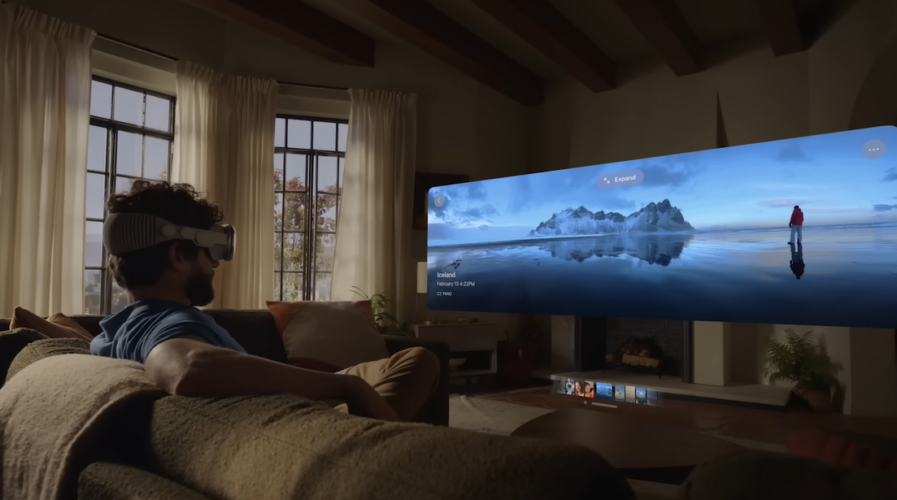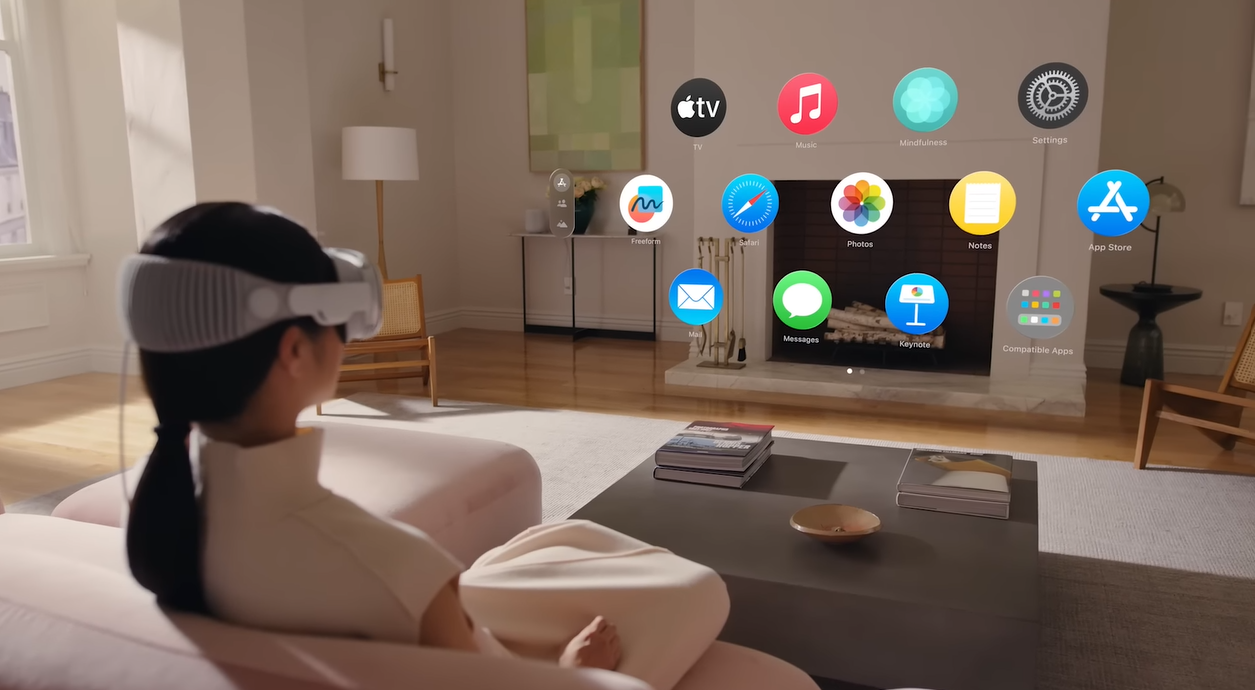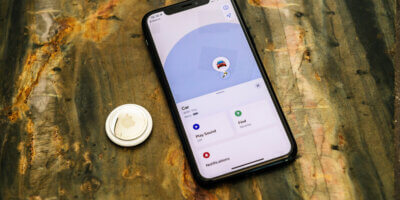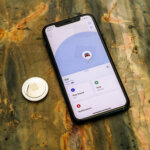
Is the Apple Vision Pro headset a real-life Black Mirror?
- Apple announced its first mixed reality headset, Vision Pro, that will be available early next year.
- Apple also announced iOS17, the latest version of its iPhone operating system.
The talk of the town this week is Apple’s WWDC23, an annual information technology conference held by Apple Inc. Of course, the main highlight that has grabbed everyone’s attention is its first mixed reality headset called the Vision Pro, priced at US$3,499.
With a design reminiscent of scuba gear, the mixed reality headset is set to be released early next year. The Vision Pro combines virtual reality and augmented reality, offering a blend of digital images overlaid onto the real world. Notably, the headset’s design differs from similar products on the market, described by the BBC as more like ski goggles than a traditional virtual reality device.
The headset allows users to access apps, watch movies, and create documents within a virtual world. However, there is uncertainty about the demand for this type of wearable technology. Hartley Charlton, a senior editor at MacRumors, expressed skepticism about the headset’s appeal to the general public, citing its high price and initial limitations, such as a separate wired battery pack.
A bold bet on the headset market from Apple
Nonetheless, Apple has a history of overcoming skepticism and getting consumers to embrace new gadgets. CEO Tim Cook emphasized that the Vision Pro enables a seamless blend of the real and digital worlds, positioning it as Apple’s first product to be looked through rather than at. Cook views the launch as the beginning a journey toward what Apple calls “spatial computing,” predicting its future significance rivaling personal computing on Mac and the iPhone’s introduction of mobile computing.
The Vision Pro is controlled through hand gestures, eye movements, and voice commands, and is expected to offer users a unique and intuitive experience. Interestingly, its hefty price tag has surpassed analysts’ predictions and stands at nearly 12 times the cost of Meta’s Quest 2, which currently holds the title of the best-selling VR headset.

Apple Vision Pro in action (Source – Apple)
The Vision Pro represents a significant gamble for CEO Tim Cook, who succeeded Steve Jobs in 2011. Cook is widely recognized for his operational prowess, elevating Apple’s market value from around US$350 billion to nearly US$2.9 trillion. However, he has faced criticism for iterating on past ideas and delaying projects like the Apple Car.
This announcement follows Meta and Lenovo’s introduction of new iterations of their virtual reality headsets, which do not superimpose virtual objects onto the real world. Although Meta has also heavily invested in mixed reality, the sector faces challenges. According to the International Data Corporation, the headset market experienced a 54% drop in global sales last year.
Inside the Vision Pro experience
While Apple initially targeted the Vision Pro towards white-collar workers, positioning it as the “ultimate workspace,” the product surprised analysts by also appealing to business users. Apple demonstrated the headset’s capabilities for viewing photos, videos, reading documents, and web browsing. Notably, the demonstrations focused on two-dimensional screens rather than Meta’s fully immersive three-dimensional virtual worlds.
The Vision Pro features Apple’s first 3D camera, capturing moments with depth information and indicating recording status. It offers a dedicated mode for immersive video viewing on a virtual screen up to 100 feet wide. With support for over 100 Apple Arcade games, the Vision Pro can be paired with a PS5 or Xbox controller.
Source – Apple
At WWDC 2023, Apple also announced a partnership with Disney, promising enhanced viewing options and augmented reality experiences on the Vision Pro. Disney+ will be available on the headset upon launch.
To ensure security, the Vision Pro incorporates the Optic ID authentication system, using iris recognition for unlocking and signing in. Apple emphasizes encrypted and locally stored Optic ID data, with no sharing of gaze direction with third-party apps or websites.
Beyond the headset: iOS 17 unveils an array of exciting updates
In addition to the groundbreaking headset, Apple revealed updates for iOS 17 – such as Contact Posters, which let users create custom designs displayed during phone calls. They’re linked to the Contacts app, showing chosen images when interacting with others. Contact Posters are also used in NameDrop, which shares contact details via AirDrop. Even if you leave AirDrop range, files will still be sent online.
iOS 17 improves phone calls with real-time voicemail transcriptions and the ability to answer while someone leaves a message. FaceTime allows leaving messages, and Messages gains feature like inline replies and location tracking. The Check In feature shares location and battery status with a contact, sending alerts for arrival or route deviations.
A new Journal app prompts users to document their day based on recent phone interactions. Standby mode turns the iPhone into a smart display, offering widgets, clock designs, activities, and photo showcasing.
Autocorrect is enhanced with better accuracy and inline predictions. Siri activation is smoother, eliminating the need for “Hey” and repetition. The Photos app can recognize pets, simplifying image organization and search.
READ MORE
- The criticality of endpoint management in cybersecurity and operations
- Ethical AI: The renewed importance of safeguarding data and customer privacy in Generative AI applications
- How Japan balances AI-driven opportunities with cybersecurity needs
- Deploying SASE: Benchmarking your approach
- Insurance everywhere all at once: the digital transformation of the APAC insurance industry


